How to customize the brewing scheme of hand-made coffee? What is the depth of the four details of hand-brewed coffee?
Many friends have the habit of making their own coffee, and I saw so many kinds of coffee beans in front of the visit. It is not a friend who threatens to brush all the bean lists in front of the street.
Many friends are buying a coffee bean that they are not familiar with, but suddenly they don't know how to flush it, so they ask for the best cooking plan in front of the street. Qianjie would like to take this opportunity to share with you some ideas on cooking.

Know yourself and know your friends: that is to know your own cooking habits, ordinary people will have a kind of inertia, but once you are used to a method of flushing, it is difficult to change it. What we are talking about here is not a makeover, but that when a certain type of bean tastes good, we will use this parameter to brew all kinds of coffee beans. Note that not all coffee beans are suitable for brewing with fixed parameters.
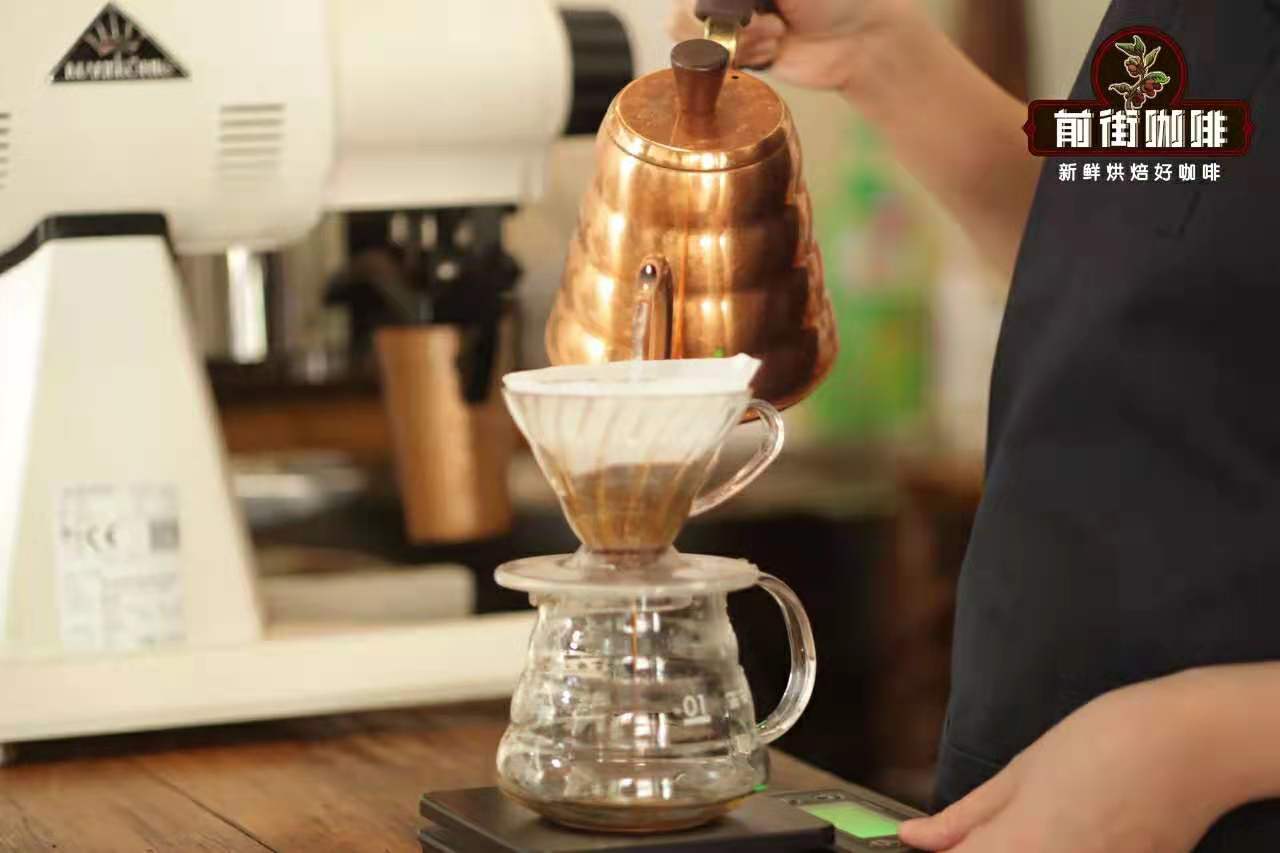
Know the enemy: this is what we know about coffee beans. When faced with a coffee bean that has never been drunk or washed, looking at the label information on it is the quickest way to understand it. In hand-brewed coffee, the adjustment of coffee brewing parameters mainly depends on the roasting degree of coffee beans, and the popular point is to know whether it is light, medium or deep. While many coffee beans do not directly give the degree of baking on the label, Qianjie suggests that you can see some information from the flavor description.
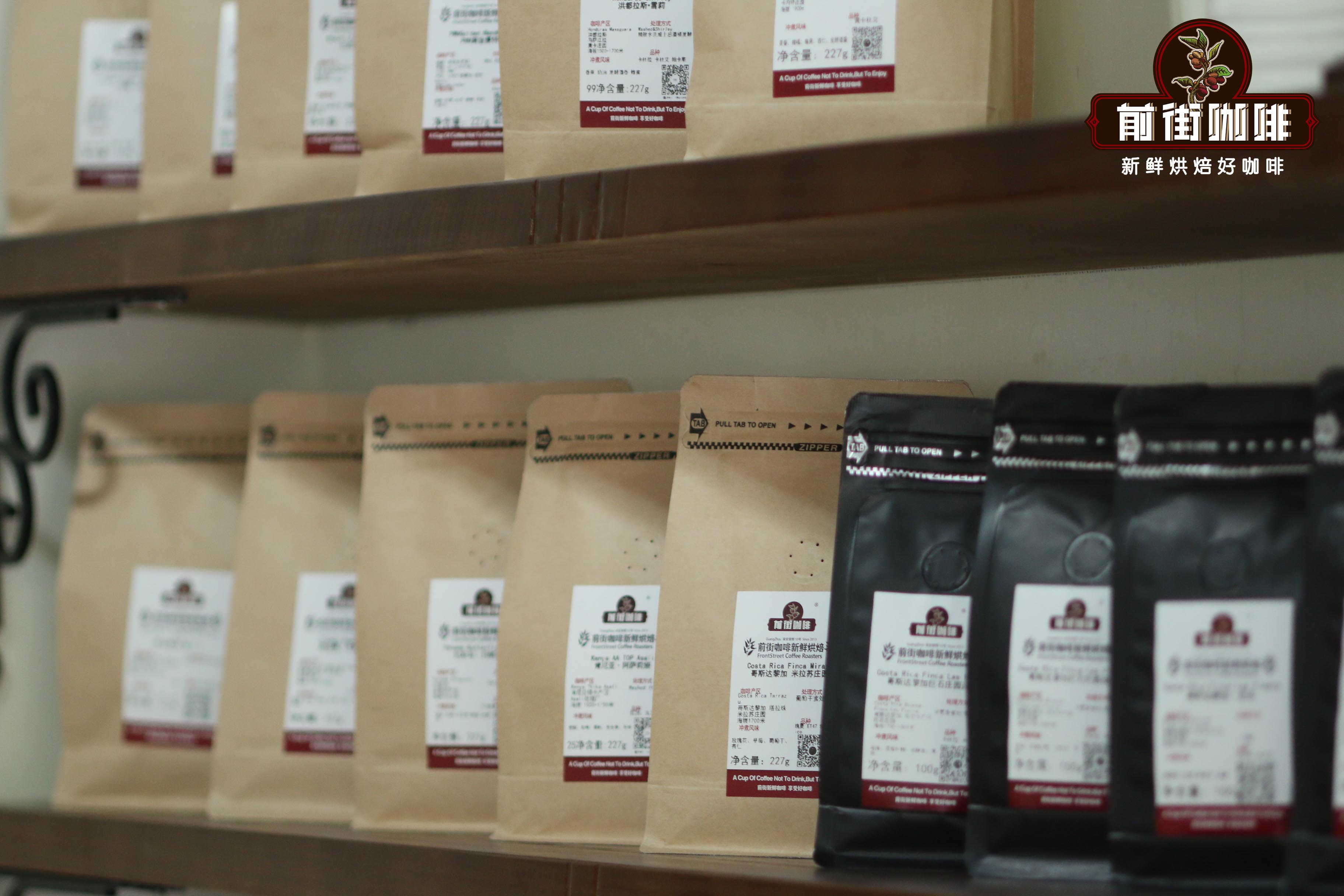
We can divide the flavor description into the following categories: floral fruit acid: White flower, yellow flower, purple flower, lemon, citrus, berries, tropical fruits
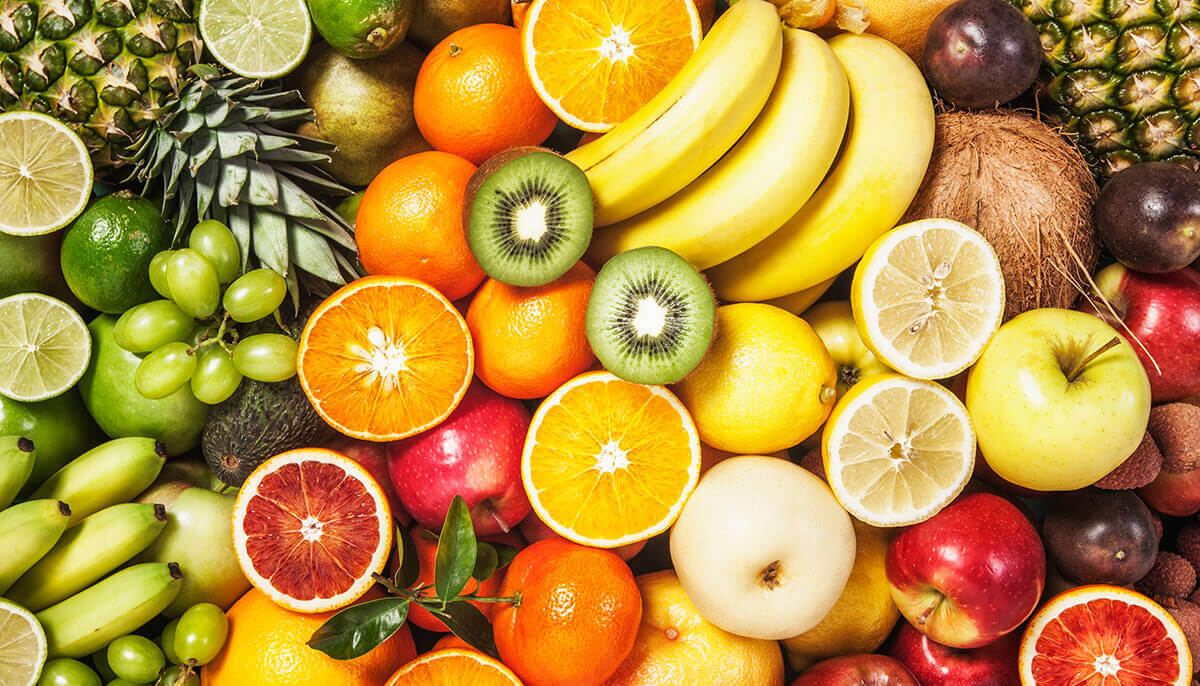
Sweet: honey, sucrose, brown sugar, brown sugar, maple sugar, caramel
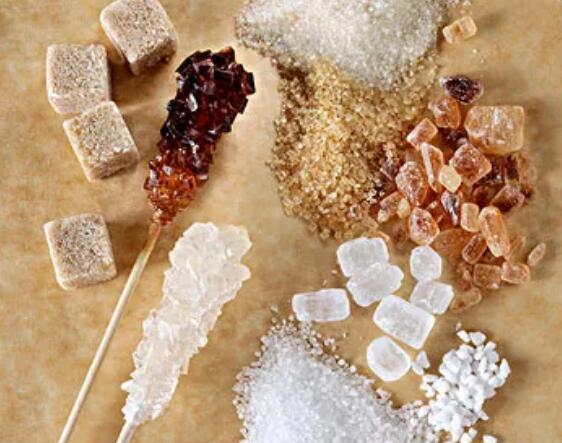
Spice nut cocoa bitter: nuts, cocoa dark chocolate, cinnamon, pine and cypress incense
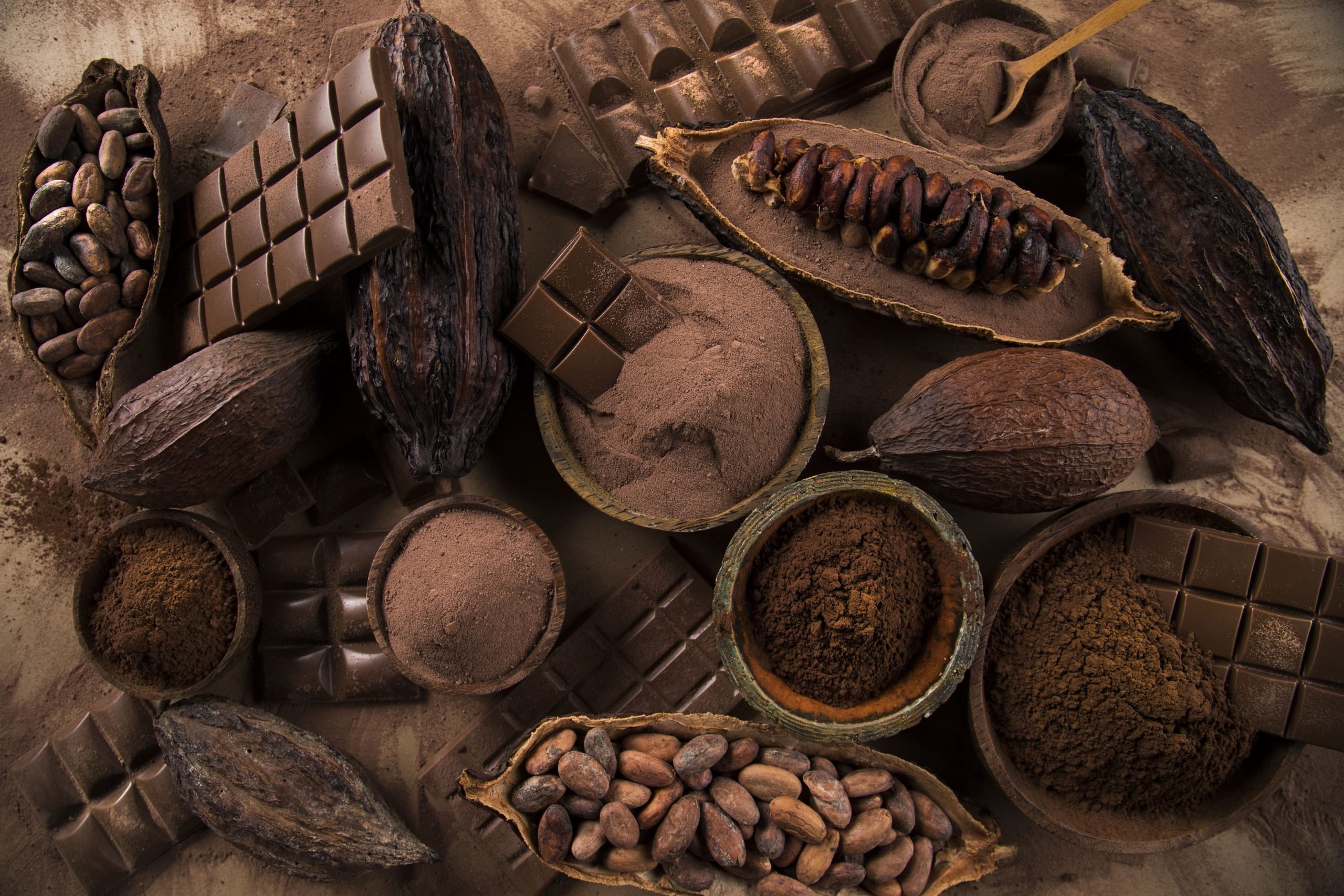
Fermentation aroma: all kinds of wine, fruit fermentation, lactic acid

When we see that the flavor description of coffee bean label mostly belongs to the sour flowers, fermented fruit, honey and sucrose, which basically belongs to the category of shallow baking. When the description is dominated by brown sugar and brown sugar, supplemented by cocoa dark chocolate or faint fruit acid, it basically belongs to the category of moderate baking. When the coffee flavor description is based on the flavor description of spice nut cocoa bitterness, it basically belongs to the category of deep baking.
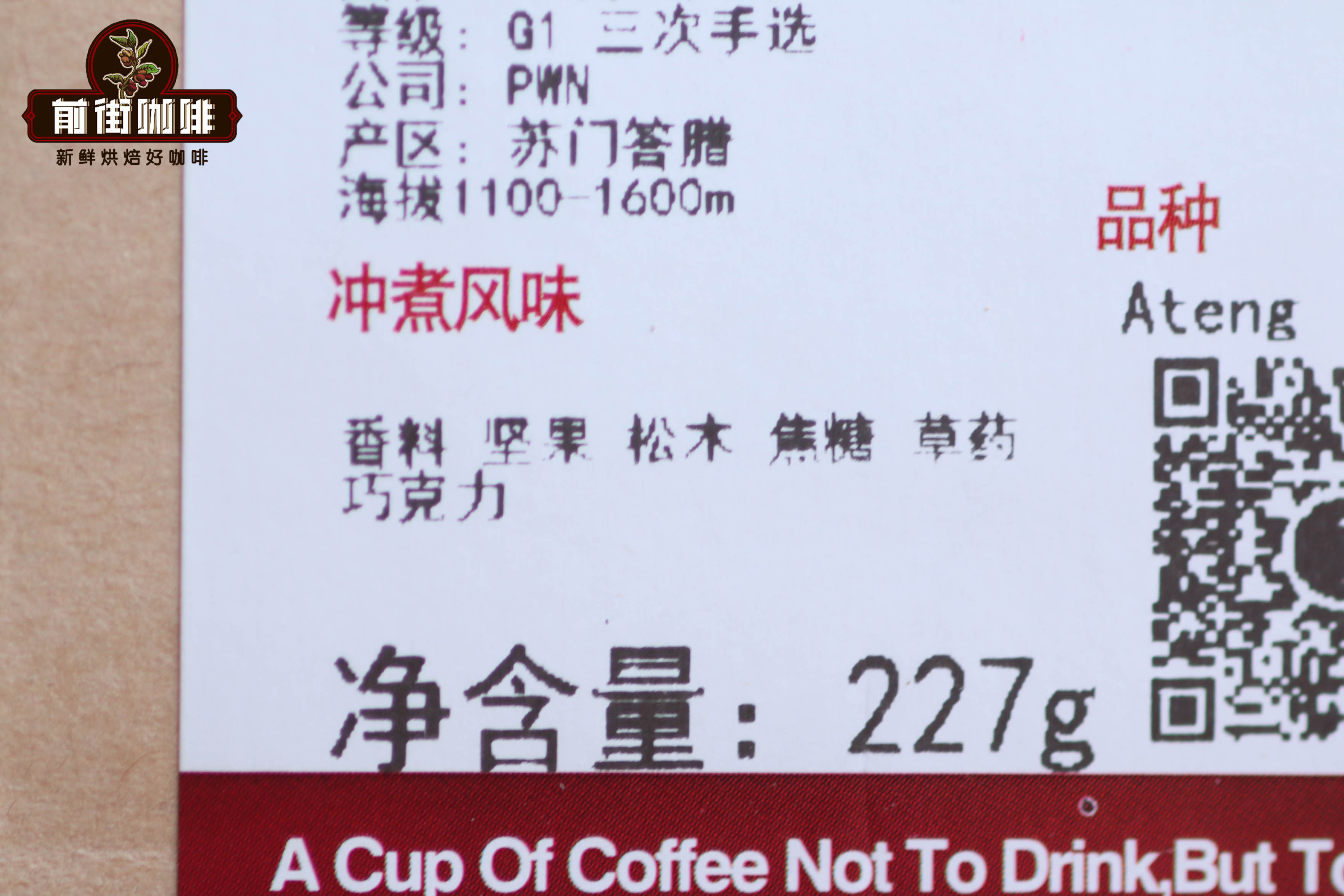
Therefore, by observing the description of the flavor, we can tell whether it is sour light baking, balanced medium baking or strong fragrant deep baking. In order to make the corresponding parameter adjustment. The second is to observe the altitude of the producing area of the coffee label, and the flavor of each producing area also has its unique flavor, such as Kenya and Ethiopia, which are also sour. Ethiopian coffee tends to be light citrus acid. Kenya shows a very bodyful acidity. Although it will not be a big problem for these two beans to be flushed out with the same parameters, they can be optimized to show the characteristics of beans.
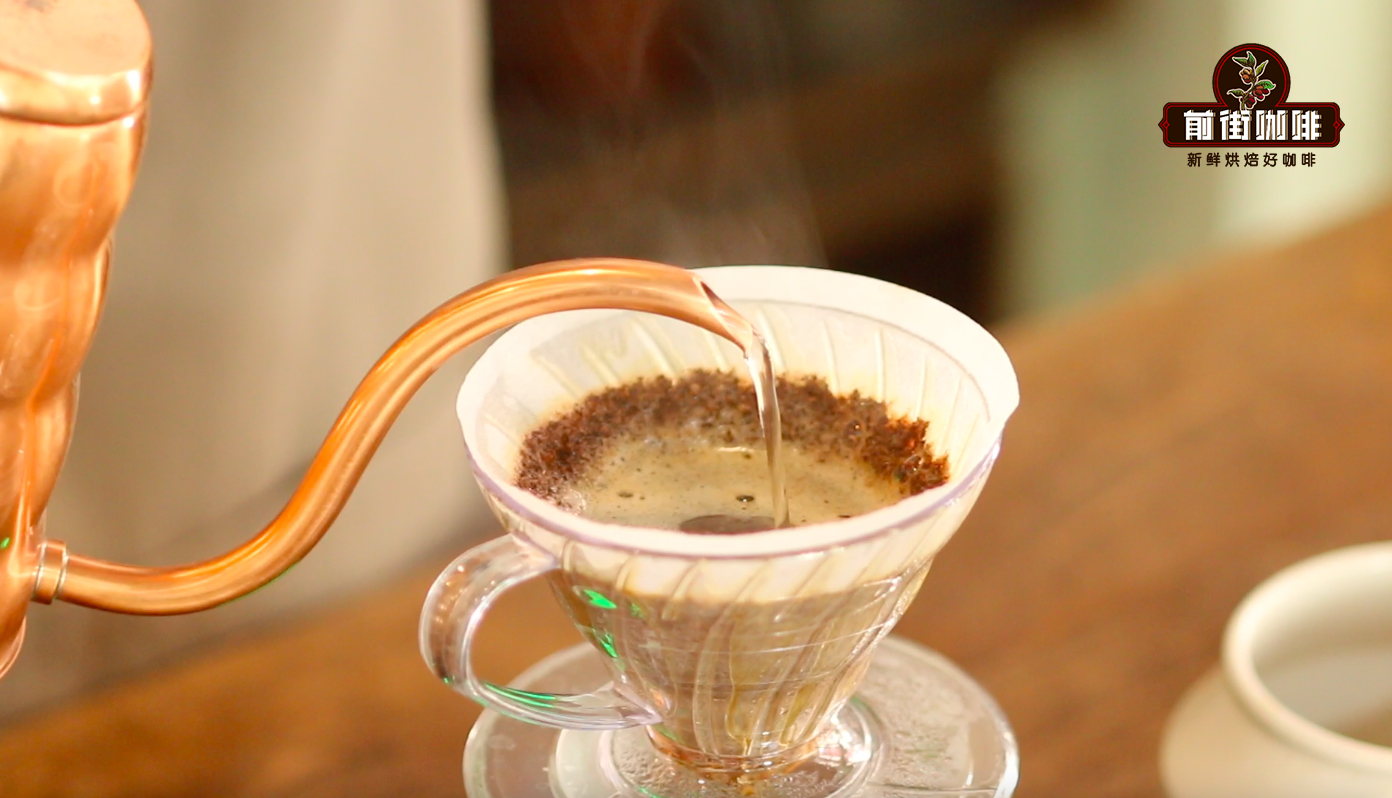
Altitude reflects the hardness of beans. For example, the hardness of Brazilian beans at relatively low altitude is softer than that of Ethiopian beans at high altitude, so it is necessary to calibrate the grinding degree when grinding. The treatment method can also see some information, such as anaerobic coffee is basically not deep-roasted, and brewing anaerobic coffee beans need to be recalibrated. For example, in terms of grinding, normal coffee uses the a scale to grind out x thickness, so if you want anaerobic beans to be ground to x thickness, you need to adjust to a finer scale than a. Learned to master the information of coffee beans, Qianjie simply said that the adjustment of the cooking scheme (the data is not fixed and unique) the powder-to-water ratio: hand flushing can basically use 1x15, which can be adjusted between 1x13-1gam16 according to the actual situation and personal preferences. For example, if you like to be full-bodied, you can use 1max 13, and for those who like faint fragrance, you can use 1max 16. Degree of grinding: if possible, you can follow the principle of calibrating with No. 20 screen, that is, the passing rate of medium-shallow baking screen is 75-80%, and that of medium-deep baking screen is 70-75%. If you don't want to calibrate with a sieve, you can click here.
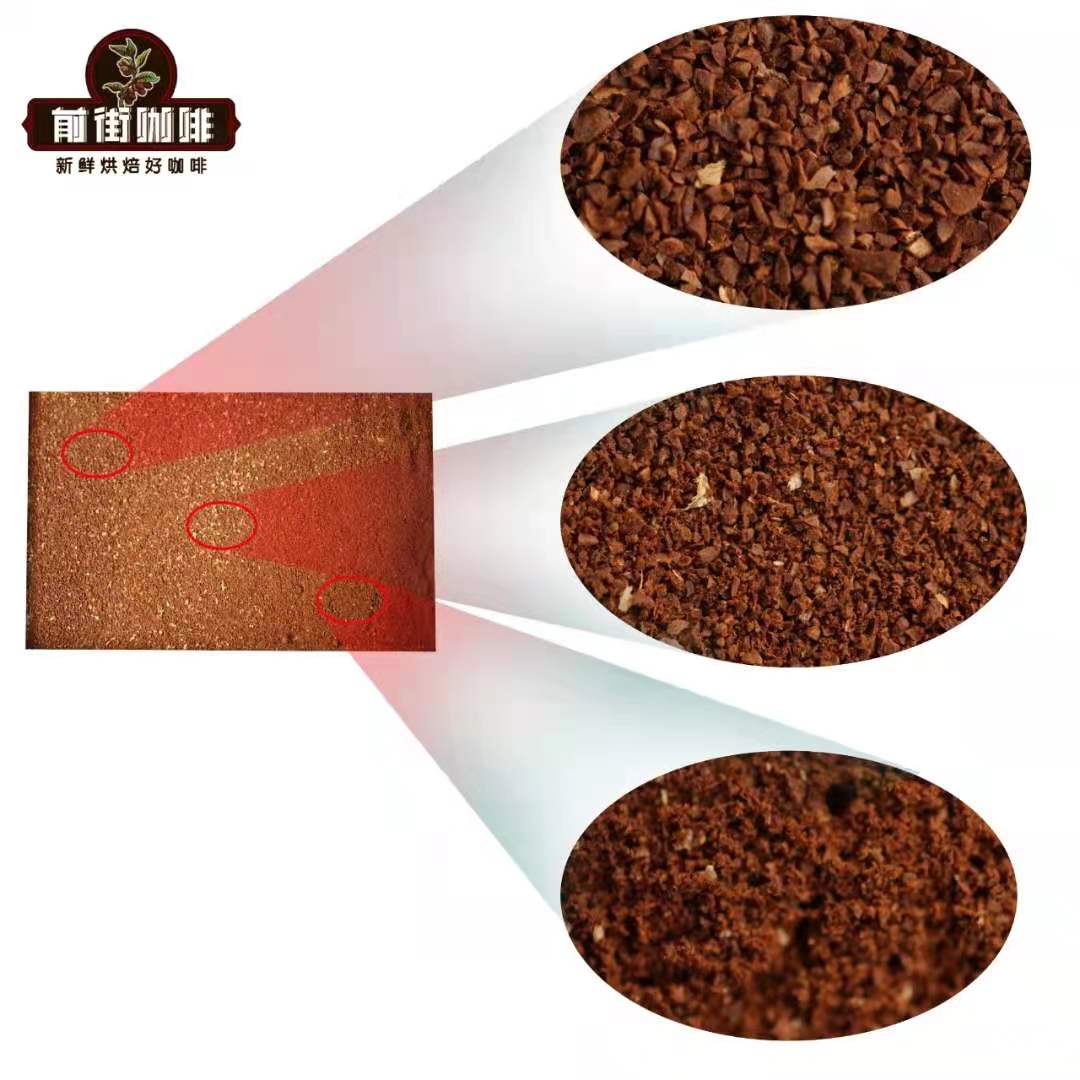
Water temperature: light baking 90-93 ℃; medium baking 88-90 ℃; deep baking 86-88 ℃ shallow roasting. If you want coffee to be sweet, you can use the high temperature in the range. If you want to be safe, use the low temperature in the range. If baked in the sun, sweet coffee beans can be used with a high temperature in the range, and if it is washed, use a lower temperature in the range. Deep baking generally uses more than 87-88 ℃.
Important Notice :
前街咖啡 FrontStreet Coffee has moved to new addredd:
FrontStreet Coffee Address: 315,Donghua East Road,GuangZhou
Tel:020 38364473
- Prev

The difference between Blue Mountain Coffee and Cappuccino which Sweet Blue Mountain flavor characteristics evaluate the taste description
What's the difference between Blue Mountain Coffee and Cappuccino? Although they are all coffee. But there is a big difference. Authentic Jamaican Blue Mountain coffee is usually made without milk and is brewed in a siphon pot or hand filter cup, but cappuccino must be made with milk. Cappuccino is a blend of espresso and milk bubbles. Cappuccino
- Next

What is authentic Blue Mountain Coffee and how to identify the Brand of Blue Mountain Fine Coffee Bean
I believe friends who know a little bit about coffee know the difference between blue mountain flavor coffee and blue mountain coffee. Blue mountain flavor coffee is similar to blue mountain flavor coffee. Authentic blue mountain coffee beans are boutique coffee beans from the blue mountain mountains of Jamaica, so how to tell the difference between true and false blue mountain coffee beans? The real Blue Mountain Cafe.
Related
- Beginners will see the "Coffee pull flower" guide!
- What is the difference between ice blog purified milk and ordinary milk coffee?
- Why is the Philippines the largest producer of crops in Liberia?
- For coffee extraction, should the fine powder be retained?
- How does extracted espresso fill pressed powder? How much strength does it take to press the powder?
- How to make jasmine cold extract coffee? Is the jasmine + latte good?
- Will this little toy really make the coffee taste better? How does Lily Drip affect coffee extraction?
- Will the action of slapping the filter cup also affect coffee extraction?
- What's the difference between powder-to-water ratio and powder-to-liquid ratio?
- What is the Ethiopian local species? What does it have to do with Heirloom native species?

